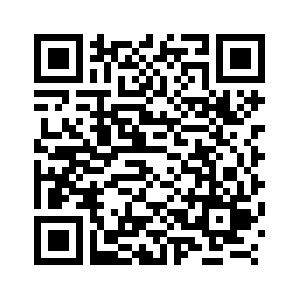BEIJING, June 29 (Xinhua) -- The orbiter and rover of China's Tianwen-1 probe have both completed the targeted scientific exploration missions, announced the China National Space Administration (CNSA) on Wednesday.
As of Wednesday, the orbiter of Tianwen-1 has been operating normally for 706 days. It has acquired the medium-resolution image data covering the whole globe of Mars, with all of its scientific payloads realizing global survey, said the CNSA.
By now, the orbiter has circled Mars 1,344 times. For future missions, it will continue to conduct the whole-globe remote sensing survey and expand tech experiments, said the CNSA.
The Tianwen-1 probe consists of an orbiter, a lander and a rover Zhurong. On May 15, 2021, it touched down at its pre-selected landing area in Utopia Planitia, a vast Martian plain, marking the first time that China has landed a probe on the planet.
The rover Zhurong started patrolling Mars on May 22, 2021.
As of Aug. 15, 2021, Zhurong had finished the designed 90-Martian-day mission and continued to work for further exploration.
Having traveled around 1,921.5 meters on the surface of Mars, Zhurong, on May 18 this year, switched to the dormant mode due to the chilly winter and dusty weather on the red planet. It will resume operation around this December when the working conditions are getting better.
After two years of flight and exploration, the rover and orbiter have acquired 1,040 gigabytes of raw scientific data with their 13 onboard scientific payloads.
Being received and processed on Earth, the data will be formed into standard scientific data products. They will then be delivered to scientists for further analysis and interpreted monthly. Related results have been published in renowned journals at home and abroad.
These scientific data will be opened to scientists worldwide. China welcomes global scientists to apply for related research and jointly push forward the exploration of the universe, said the administration.
In line with the spirit of openness and sharing, the CNSA will actively push forward cooperation with all countries' space agencies and scientific communities, the administration added.
The CNSA has shared with NASA and the European Space Agency (ESA) the data of the Mars orbiters and cooperated with them in collision forecast.
Zhurong and the ESA's Mars Express spacecraft performed an in-orbit relay communication test.
Around the transit of Mars, the CNSA carried out the observation of solar occultation and solar wind together with observatories in Russia, Germany, Italy, Australia, South Africa and other countries, by using orbiters of the Tianwen-1 probe and the Mars Express.
All these global cooperations have achieved great fruits, enriched the knowledge of humankind, and contributed to the building of a community with a shared future for mankind in the domain of science, said the CNSA. ■



